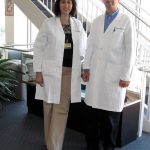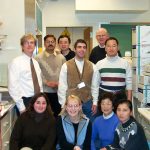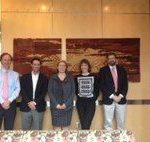5th Anniversary of the V Foundation for Cancer Research Boo-Yah Raises Over $3.1 Million for Disparities in Cancer Research
Read moreType: Translational
Facilitate the transition of projects from the laboratory to the clinic. Translational researchers seek to apply basic knowledge of cancer and bring the benefits of the new basic-level understandings to patients more quickly and efficiently. These grants are $600,000, three-year commitments










